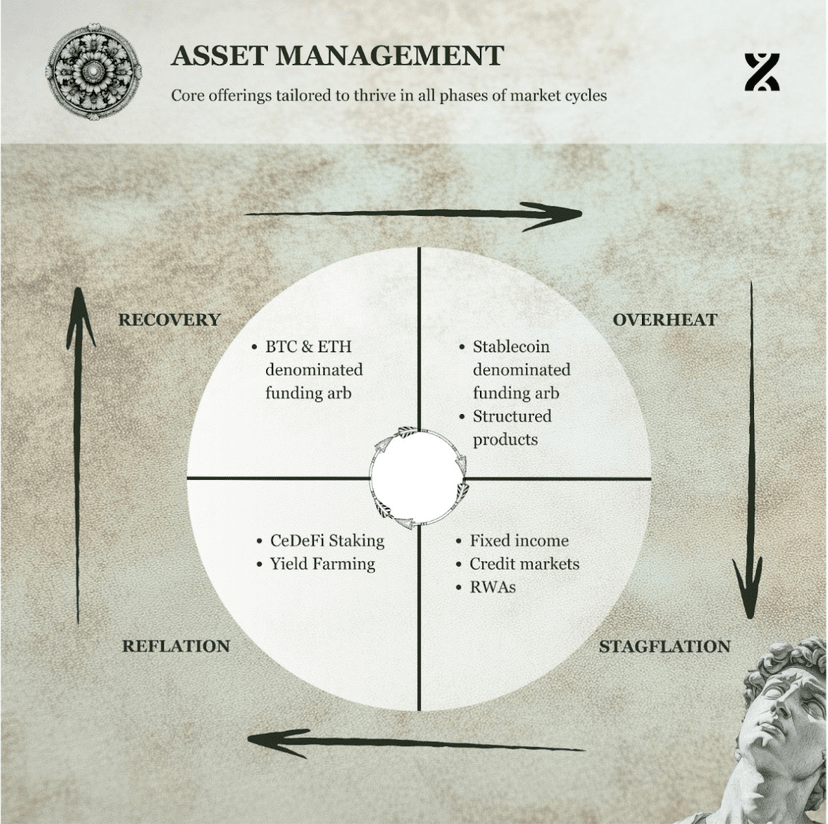The foundation of BounceBit consists of two often-confused components: the cash flow source of BTC re-staking and the carrier of on-chain composable certificates. The former answers 'where does the money come from,' while the latter answers 'how can cash flow be reused.' From the protocol documentation, BounceBit natively offers Liquid Staking contracts: staking BB to get stBB and staking BBTC to get stBBTC, which serve as 'certificates' proving your rights are providing services for validation and security, while continuously recording the attribution of yields. LSD is not just a receipt for interest but a 'cash flow token' that can enter and exit liquidity pools, be used for collateral, and participate in pricing of derivative structures.
Meanwhile, the underlying BounceBit chain adopts a dual-token PoS: both BB and BBTC can participate in staking to earn rewards. This design activates the 'idle value on the BTC side' through BBTC → staking → stBBTC, which is then reused in lending and LP scenarios within the EVM ecosystem. CeDeFi products (like Prime) hold government bond-like RWA or arbitrage positions on the asset side, while on the liability side, they can absorb combinable certificates like stBBTC/stBB, forming a tradable cash flow structure.
'BTC re-staking' is not an island; it connects with the EigenLayer concept in the Ethereum world regarding 'reuse of security budgets.' On the Bitcoin side, the industry views Babylon as a representative protocol—allowing BTC to provide security for other PoS networks without leaving the Bitcoin security domain. BounceBit's route is to bring 'BTC's security and yield' into the EVM-compatible stack, making BTC a productive collateral, fundamentally differing from the old path of 'only doing yield management off-chain.'
With the stBBTC/stBB certificates, combined with the composability of EVM, BTC returns can be transformed into tradable factors: collateralizing in lending protocols to retain interest, earning secondary fees in liquidity pools, and pricing terms and risks in structured products. The documentation explains this clearly—LSD is a universal proof, not a one-time receipt; the ecosystem connects the 'proof → collateral → derivatives' chain, turning cash flow from being trapped in protocols into usable building blocks in the market.
Another pivot of this economic stack is on-chain settlement and reconciliation. The BounceBit chain records CeDeFi's assets and liabilities on-chain, and combined with the product design of Prime Vault, it addresses the trust gap of 'invisible yield structures.' Multiple public materials emphasize that Prime Vault entered a usable phase in August, aiming to standardize and transparently present 'institutional-grade yield strategies,' allowing stBBTC/stBB to continue circulating in surrounding protocols.
In summary, BounceBit has transformed 'BTC re-staking' into a composable cash flow stack: BB/BBTC participating in PoS → stBB/stBBTC proving yield rights → entering EVM protocols for collateral and secondary strategies → supported by Prime/RWA providing stable underlying assets and structured layers → income flowing back for buybacks and ecosystem incentives. Compared to 'single-point interest earnings,' this stack resembles a 'financial middleware.'
@BounceBit #BounceBitPrime $BB